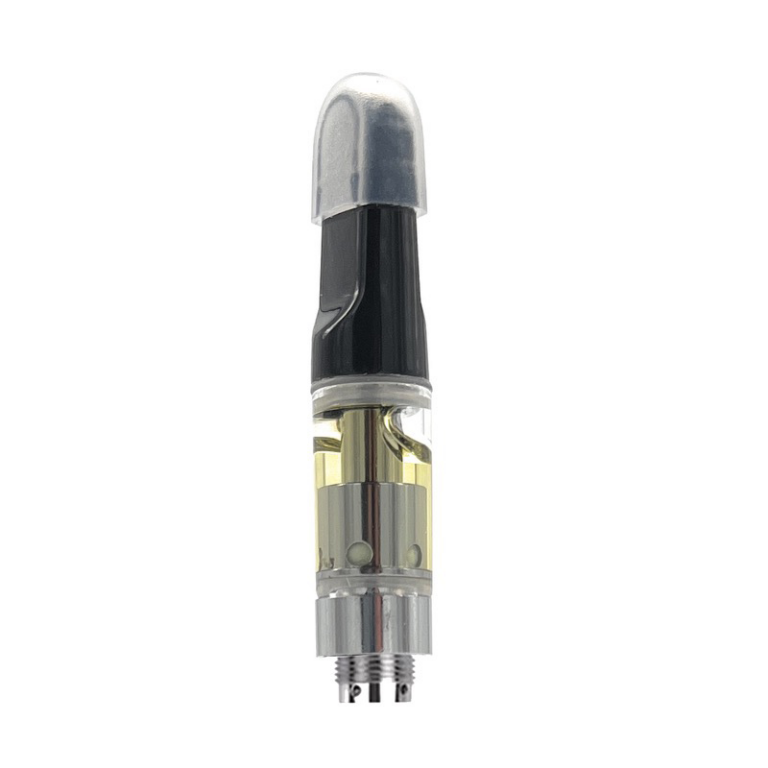Cannabis and Pain Management: A Comprehensive Overview

Introduction:
In the realm of alternative medicine, cannabis has emerged as a versatile and intriguing option for pain management. As societal perceptions shift and legalization gains momentum, exploring the relationship between cannabis and pain relief becomes increasingly relevant. This blog provides a comprehensive overview of cannabis as a potential ally in the complex landscape of pain management.
Understanding Pain:
Pain is a multifaceted and subjective experience that varies from person to person. Chronic pain, often lasting for an extended period, can significantly impact the quality of life. Traditional approaches to pain management often involve pharmaceuticals, physical therapy, and lifestyle modifications. However, the potential role of cannabis in this arena is gaining recognition.
The Endocannabinoid System (ECS):
At the heart of the interaction between cannabis and pain management lies the endocannabinoid system (ECS). This intricate network of receptors and neurotransmitters plays a crucial role in regulating various physiological functions, including pain perception. Cannabinoids, the compounds found in cannabis, interact with the ECS, influencing its ability to modulate pain signals.
Types of Pain Addressed by Cannabis:
- Neuropathic Pain:
- Neuropathic pain, often associated with conditions like diabetes or nerve damage, can be challenging to manage. Cannabis has shown promise in mitigating neuropathic pain by modulating pain signals in the nervous system.
- Inflammatory Pain:
- Inflammatory pain, a result of conditions such as arthritis or autoimmune disorders, involves an immune response. Cannabinoids, particularly CBD, exhibit anti-inflammatory properties that may contribute to pain relief.
- Musculoskeletal Pain:
- Musculoskeletal pain, stemming from issues like muscle spasms or injuries, can be alleviated through the muscle-relaxant properties of certain cannabinoids, notably THC.
- Cancer-Related Pain:
- Cancer patients often experience pain due to the disease itself or the side effects of treatment. Cannabis has been explored as a complementary option for managing cancer-related pain, offering relief without the harsh side effects of some pharmaceuticals.
Cannabinoids and Terpenes: The Entourage Effect:
The entourage effect refers to the synergistic interaction of cannabinoids and terpenes present in the cannabis plant. These compounds work together to enhance therapeutic effects, potentially amplifying the pain-relieving properties of cannabis. Understanding the entourage effect is essential for tailoring cannabis strains to specific types of pain.
CBD vs. THC: Navigating the Cannabinoid Landscape:
- CBD (Cannabidiol):
- CBD, a non-psychoactive compound, has gained popularity for its potential anti-inflammatory and analgesic properties. It interacts with receptors in the ECS, contributing to pain modulation without the intoxicating effects associated with THC.
- THC (Tetrahydrocannabinol):
- THC, the psychoactive component of cannabis, is known for its analgesic properties. Its ability to induce a state of relaxation can be particularly beneficial for managing pain, especially in conditions where muscle spasms or tension play a role.
Administration Methods:
- Inhalation:
- Smoking or vaporizing cannabis allows for rapid onset of effects, making it a popular choice for acute pain relief.
- Ingestion:
- Edibles and tinctures provide a longer-lasting but slower onset of relief, making them suitable for chronic pain management.
- Topical Applications:
- Cannabis-infused creams and balms are applied directly to the skin, offering localized relief for conditions like arthritis or localized pain.
Diverse Selection of Vaporizers:
Safety Considerations:
While the therapeutic potential of cannabis for pain management is promising, it’s essential to consider individual factors such as dosage, strain selection, and potential interactions with other medications. Consultation with a healthcare professional experienced in cannabis therapeutics is advisable for a personalized and safe approach.
Legal Landscape and Accessibility:
The legal status of cannabis varies globally and within different regions. Understanding local regulations is crucial for individuals considering cannabis as part of their pain management strategy. As legalization expands, accessibility to cannabis for medical purposes is likely to increase.
Research and Future Perspectives:
While existing research supports the potential of cannabis in pain management, the scientific community continues to explore and expand our understanding. Rigorous clinical trials and studies are essential for establishing standardized protocols, dosage guidelines, and identifying specific cannabis profiles that cater to different types of pain.
Great Varieties of Cannabis-Infused Chocolates:
Conclusion:
Cannabis’s role in pain management is a dynamic and evolving field, offering a holistic alternative for individuals seeking relief from various forms of pain. As more research unfolds and societal perceptions shift, cannabis is gradually finding its place in the arsenal of pain management strategies. It is imperative for individuals to approach cannabis use responsibly, considering individual factors and seeking guidance from healthcare professionals well-versed in cannabis therapeutics. The comprehensive overview provided here aims to empower individuals with knowledge to make informed decisions about incorporating cannabis into their pain management journey.
Contact Us
"*" indicates required fields



